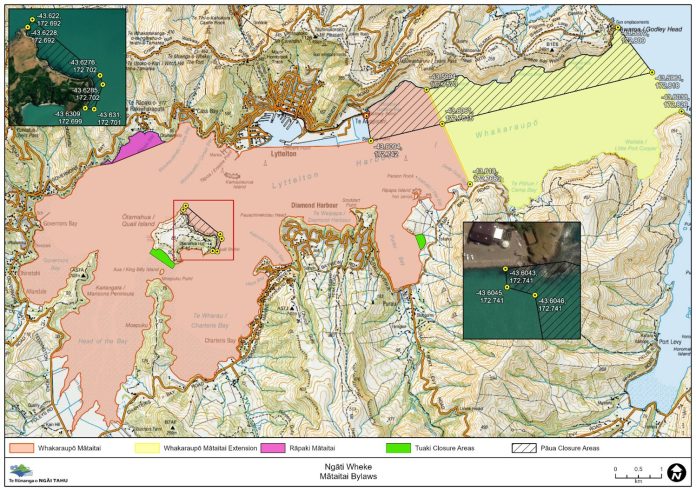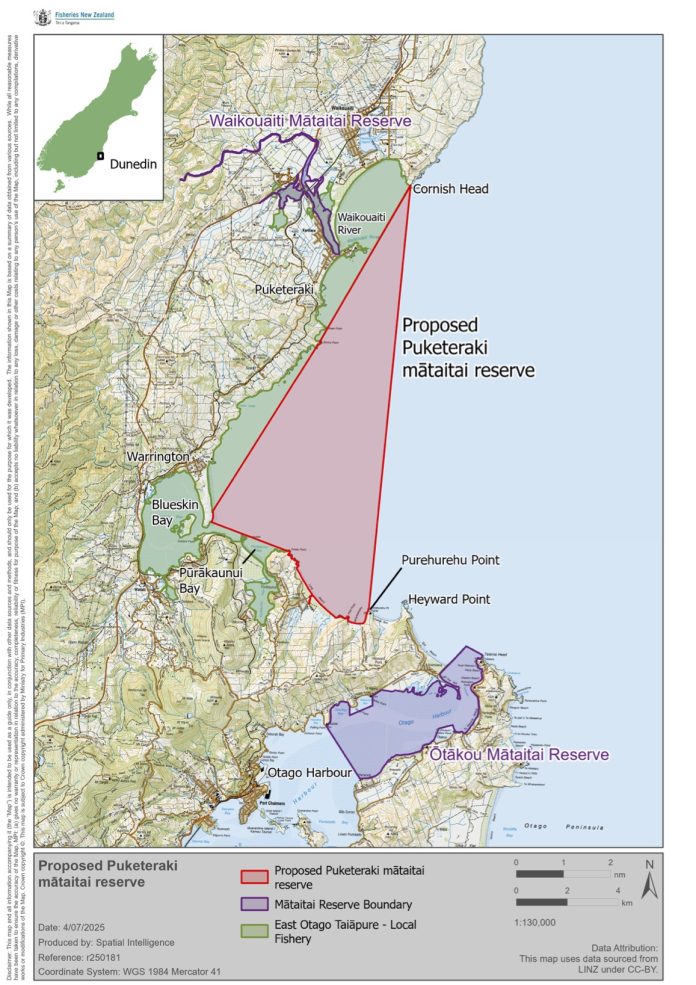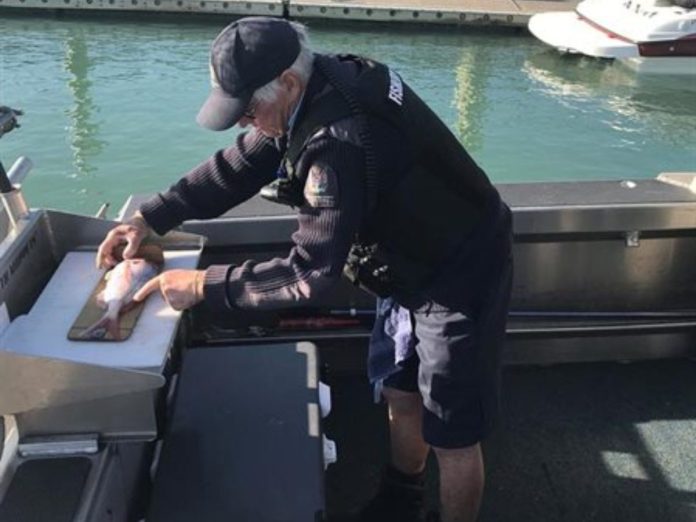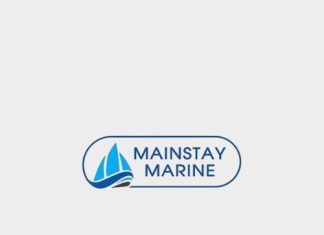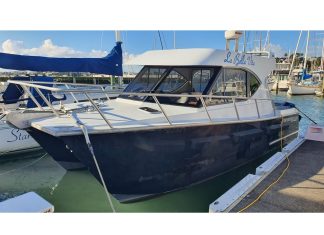Locals push for stronger protection
Ngāti Wheke’s tāngata tiaki/kaitiaki, the appointed guardians of Rāpaki and Whakaraupō, have proposed a significant tightening of recreational fishing rules in their traditional waters. The new limits, now under consultation, are designed to help restore marine life and ensure sustainable use of the harbour for generations to come.
The proposal covers three adjoining areas — the Rāpaki Mātaitai Reserve, the Whakaraupō Mātaitai Reserve, and the Whakaraupō Extension Mātaitai Reserve, established in 2023 but not yet subject to local bylaws. Together, these reserves form a cultural and ecological network stretching across much of Lyttelton Harbour.
What’s changing for local fishers
If adopted, the new bylaws would represent one of the most comprehensive quota reductions in the region’s inshore waters.
All native seaweeds and shellfish species would be off-limits across the three reserves, with wakame (Undaria) — an introduced pest — the only exception. The taking of finfish such as blue cod, moki, butterfish, and conger eel would be prohibited in the Rāpaki Reserve and heavily restricted elsewhere.
Daily bag limits would also tighten sharply:
- Pāua: three per person, up to nine per vessel
- Finfish: ten total per person
- Cockles and pipi: reduced to fifteen each per day in Whakaraupō and the Extension reserves
Crabs, oysters, red cod, and several other species would become fully protected. New minimum size rules would apply — 130 mm for pāua, 40 mm for cockles and pipi, and 70 mm for green-lipped mussels — helping ensure stocks can regenerate naturally.
Some areas would be completely closed to pāua collection, including all of Rāpaki and specific zones around Gollans Bay, Otamahua (Quail Island), and Livingston Bay to Godley Head.
Balancing tradition and sustainability
While these changes will require adjustment from local recreational fishers, Ngāti Wheke say the goal is long-term balance. Mātaitai reserves are not blanket no-take zones, but community-managed areas where guardians can set rules to maintain the health of the fishery.
“This isn’t about locking people out,” one kaitiaki explained. “It’s about looking after our taonga so there will always be kaimoana for everyone — now and in the future.”


Fishers operating within the reserves would also be required to report their catches to Rāpaki Marae within five days, improving local knowledge and oversight. Commercial fishing remains prohibited unless expressly permitted, ensuring the focus remains on local subsistence and recreational use.
Have your say
Fisheries New Zealand is inviting feedback on the proposal until 5 pm, Monday 15 December 2025.
Submissions can be sent via email to fmsubmissions@mpi.govt.nz, or by post to:
Inshore Fisheries South, Ministry for Primary Industries, Private Bag 1926, Dunedin 9054.
Copies of the proposal and maps are available from Fisheries New Zealand offices in Christchurch or the Rāpaki Rūnanga office.
The bigger picture
If adopted, the new bylaws would establish a benchmark for community-led marine management in Canterbury waters. They combine traditional Māori stewardship (kaitiakitanga) with modern fisheries science, creating a shared approach to recovery in one of the South Island’s most valued harbours.








